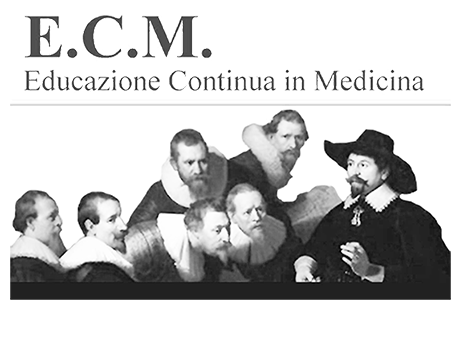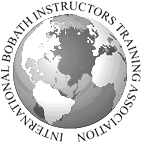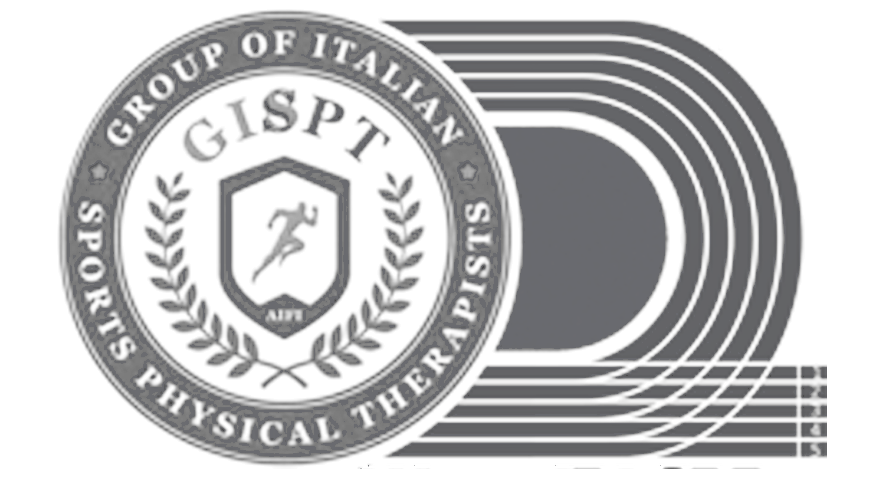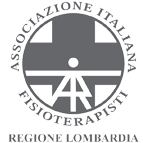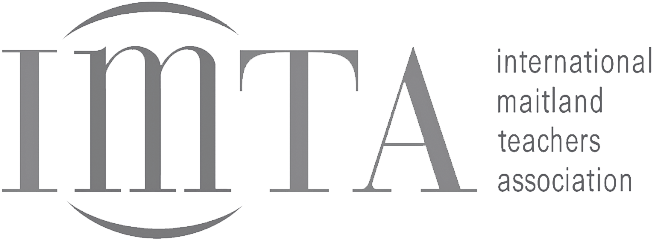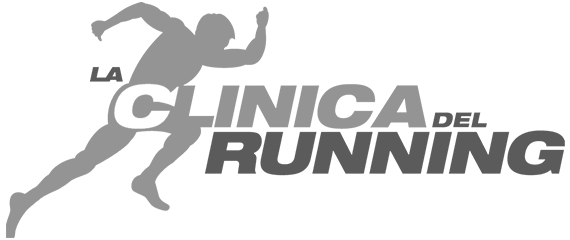June 22, 2024
EM344: ROMA - Workshop: “Efficient sit-to-stand as a prerequisite for locomotion and reaching – the clinical application of the Bobath Concept”
-
Alba MagriPt, IBITA Advanced Course Instructor
-
Elena BortolottiFt. IBITA Basic Course Instructor
The Bobath concept is a problem solving approach aimed at evaluating and treating people with disorders of movement, postural control and function caused by central nervous system injury. This approach to the rehabilitation of adults with central neurological damage originates from the work of Berta and Karel Bobath and has evolved over the last 70 years. The rationale for its application is rooted in current neuroscientific knowledge relating to motor control, motor learning, neural and muscular plasticity and in current biomechanical knowledge. The aim of the workshop is to deepen knowledge relating to the role of the trunk in the functional movement of the limbs and in the transfer of the body in space. A large and recent literature has demonstrated the connection between central stability and functional locomotion/grasping so much so as to support that specific tests and outcome scales for the trunk can be considered predictive and used for prognostic purposes in defining the potential for recovery of long-term extended functions term. Independent sit-to-stand is certainly among the main indicators for functional recovery in many ADLs. However, it is important to know all the components that make this movement of the body against and within gravity efficient in order to be able to recognize the functional pattern from the compensatory one and the consequent clinical repercussions. This workshop aims to be an opportunity to delve deeper into the topic for those who have already participated in the basic level IBITA course but also a way to approach the Bobath concept aimed at all professionals in the neurorehabilitation area interested in better understanding the theoretical- clinics of this approach.
Specific objectives:
- Promote the evidence based approach based on updated literature
- Update knowledge in the neurophysiological field to describe the central organization of postural control and knowledge in the biomechanical field to describe the role of the trunk in the antigravity modulation of the body
- Sharpen the ability to observe postural components in general and specifically related to the sit-to-stand and stand-to-sit transition
- Implement specific treatment techniques to optimize the rehabilitation intervention based on the different clinical manifestations
- Refine manual skills, support comparison and discussion between participants and teachers and train clinical reasoning
In collaboration with:
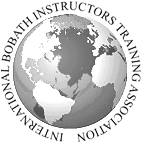

Intended for
Payments
- Deposit €305.00 within 7 days from the registration
- Balance €244.00 by date May 27, 2024
Calendar
language
Pay attention!
The course is organized in ROMA with NEWMASTER.
Location: NewMaster Course Center Via Cristoforo Colombo, 112 - 00145 ROMA (RM)
Location Info: infosito@newmaster.it Tel. +39 06 51 600 107
SCHEDULE
First day
1.00-1.30pm Registration of participants and presentation of course objectives
1.30pm - 3.15pm Lesson - Neurophysiology of postural control: review of the literature
3.15-3.30pm Open questions and discussion
3.30-3.45pm Coffee break
3.45pm-5.15pm Evaluation of a patient by the teachers in a collective session. Summary of clinical reasoning and discussion
5.15pm-6.00pm Some clinical examples of sit-to-stand in pathology – video
Discussion and synthesis of learnings
Second day
8.30-10.45 Lesson: Biomechanics of the sit-to-stand and stand-to-sit transition
10.45-11.00 Coffee break
11.00-12.00 Laboratory 1 - Stand-to-sit: from alignment in a standing position to the preparation of the eccentric components of the postural transition
12.00-13.00 Laboratory 2 – Stand-to-sit with anterior and posterior guidance: therapeutic principles
1.00pm-2.00pm Lunch
2.00pm-3.30pm Evaluation of a patient by the teachers in a collective session. Summary of clinical reasoning and discussion
3.30-3.45pm Coffee break
3.45pm-5.45pm Workshop 3: The role of the foot in sit-to-stand and stand-to-sit: a stable and sensitive support base to encourage the body's postural adaptations and the development of forces reacting to the ground
5.45pm-6.00pm Last questions and summary of learnings
Third day
8.30-10.00Lesson: Presentation of a case report using the MBCP
10.00-11.00 Laboratory 4 - Mobility of the hips and selective extension of the trunk starting from the pelvis: clinical implications for moving independently between the sitting position and the standing position
11.00-11.15 Coffee break
11.15-12.45 Evaluation of a patient by the teachers in a collective session.
12.45-13.00 Synthesis of clinical reasoning and discussion
1.00pm-2.00pm Lunch
2.00pm-3.30pm Workshop 5 – Selective extension of the trunk and neck in the sit-to-stand
3.30-3.45pm Coffee break
3.45-4.45pm Laboratory 6 - Considerations on the role of the shoulder blades and upper limbs in this postural transition
4.45pm-5.30pm Last questions and summary of learning.
ECM test and conclusion of the course
